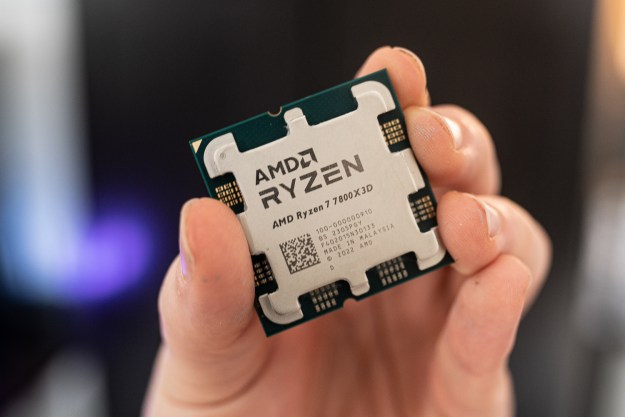 In the same way that it might acquire time, space, the letter K, or other intangibles, the Musuem of Modern Art in New York City has acquired the @ symbol. The longstanding beacon of modern tech joined the art of Picasso, Van Gogh, and Andy Warhol on Monday when the museum officially added it to its collection.
In the same way that it might acquire time, space, the letter K, or other intangibles, the Musuem of Modern Art in New York City has acquired the @ symbol. The longstanding beacon of modern tech joined the art of Picasso, Van Gogh, and Andy Warhol on Monday when the museum officially added it to its collection.
Although the symbol itself has existed since the sixth or seventh century, MoMA chose it for inclusion because of the significance it gained in 1971 when Ray Tomlinson, an engineer at Bolt Beranek and Newman, chose it off his keyboard to use as part of the first electronic message protocol, which we would later call e-mail. The museum recognizes Tomlinson’s choice as “an act of design of extraordinary elegance and economy.”
How do you add a freely available symbol to a collection peppered with priceless works of art dating back centuries? With plenty of rhetoric. According to the museum’s own lengthy explanation, “We have acquired the design act in itself and as we will feature it in different typefaces, we will note each time the specific typeface as if we were indicating the materials that a physical object is made of.”
Editors' Recommendations
- How to generate AI art right in Google Search
- How to run Stable Diffusion to make awesome AI-generated art
- New Asus ProArt mobile monitor supports Wacom inking for creatives
- The Asus ProArt StudioBook One rivals desktop power with its Quadro RTX 6000


